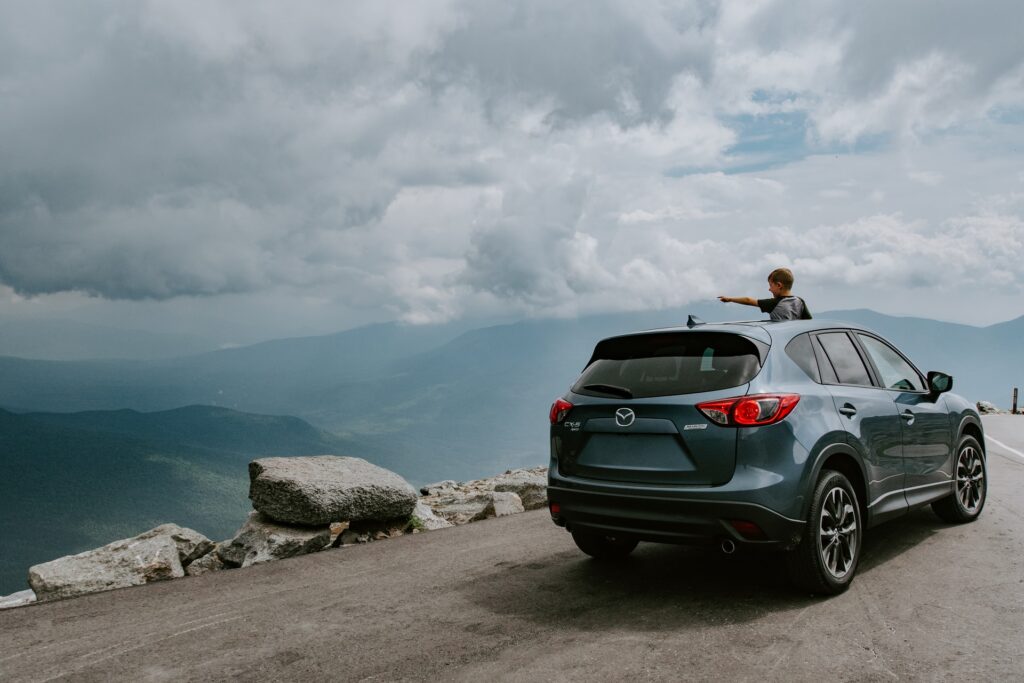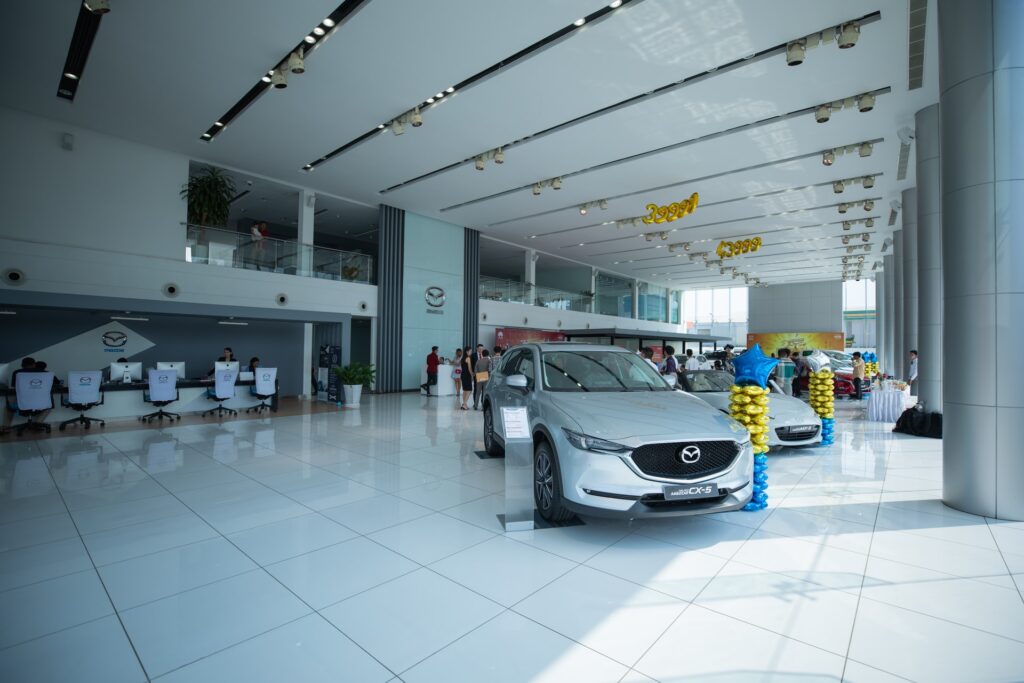If you are in the market for a new car, you should consider all the options that are at your disposal. The two common ways of financing a car are personal contract hire and personal contract purchase.
While similar, these two ways offer you different possibilities once the contract is over, as well as other differences throughout the lease period.
This article will help you learn the difference between a car lease purchase and a hire purchase so you can decide which option works the best for you.
Specifics of leasing a vehicle

Leasing a car is effectively a long-term rental – you pay a fixed monthly fee to use the vehicle for an agreed period and number of miles. At the end of the lease, you’ll either return the car to the dealership or buy out your lease if you want to keep the car and if that is an option in your lease.
When starting this type of deal, you may have to put cash down for the car, and you’ll make monthly payments just as you would with a typical car loan. The main difference is that instead of building equity in the vehicle, you’re only paying for the privilege of driving it for a set amount of time and miles.
Keep in mind that leasing a car is a long term commitment and that there may be additional costs to pay before you can leave the agreement if you opt to end the lease early.
Details on car hire purchase
Hire purchase is another way to finance buying a new or used car. In most cases, you first need to put down a deposit on the vehicle you want to buy. The rest of the vehicle’s value is then paid off in installments between 12 to 60 months.
Once again, you can’t own the car in question until you’ve made your last payment, including paying the option to purchase fee.
The debt is also secured against the car. So if you can’t pay it, the finance company could repossess the car to help pay off your debt. Still, around 10% of new cars, and 60% of used cars, are bought using this type of deal each year.
Who offers these services?
Hire purchases are arranged by car dealers such as Haines Fleet, but brokers also offer this service. The rates are often very competitive for new cars, but less so for used cars. For second-hand vehicles, the annual percentage rate can vary from four to eight percent. (The lower the number, the better). The rate could be higher, for example, if you don’t have a good credit score.
The same places usually offer you the option to lease one or more vehicles, as well.
Advantages of a hire purchase

Some of the advantages of choosing hire purchase include:
- You’ll own the vehicle outright, so if you like the idea of owning your car, this is an option to consider
- It’s a fixed-rate loan so that it will remain unaffected by fluctuating interest rates. Speaking of,
- The interest rate tends to be low because you’ll be taking the vehicle at the end of the contract
- You aren’t restricted by mileage or conditions
- The contract can be ended earlier if you have the money to pay the remaining rates off
Disadvantages of a hire purchase
Same as with any finance agreement, you also need to be aware of the potential disadvantages. For hire purchase these disadvantages include:
- Monthly payments tend to be higher than on a lease because you are paying for the vehicle, not just the depreciation
- Until the final payment is made, the finance house still owns the vehicle
- In most cases, you don’t get as big of a discount on hire purchase as you would on a lease agreement
Overall, when considering a hire purchase option, you should consider if you can comfortably afford the payments and the insurance and the servicing costs.
See our guide to personal finance as well.
Advantages of leasing a car
Just like with making a hire purchase, leasing a car comes with some advantages and some disadvantages. Let’s take a look at the pros of leasing a vehicle first:
- Lower monthly payments when compared to buying a car
- Lower drive-off-the-lot fees (potentially no down payment, depending on the dealership)
- Ability to drive the latest model
- Warranty protection through the lease term (typically three years or 36,000 miles)
Disadvantages of a lease

Now, let’s consider some of the cons associated with leasing a vehicle. Those include:
- Mileage restrictions
- Potential for extra fees for early termination of the contract, mile overages, etc
- Additional insurance coverage is necessary
- You need to get a new car at the end of the term
To sum it up, compared to buying a new car, the payments are spread out, which can make it more affordable. It means you can always drive a new car, even if you don’t own it – every few years you can return the car for a new one.
Conclusion
As you have seen throughout this text, both car financing options come with their own perks and downsides. In the end, the choice is yours. Only you know the state of your finances and what you want to get out of your next car.
If you get a lease, you don’t own the car. You won’t have to pay a deposit upfront, and you give the car back at the end of your contract. Doing so might be a better option for you if you want to drive a brand new car every couple of years.
A hire purchase agreement is essentially a loan. A finance company buys the car, and you pay them back in installments. You don’t own the car until you finish paying. On the other hand, this is the option to choose if you don’t care too much about new cars and just want to get yourself a vehicle that you will own in the end, without any additional worries.
Leave a Reply